Using 把…放在 to Talk About Things Being Put in Places
The crux of this grammar, the word 把bǎ, is a concept that can be a little tricky to grasp at first, but follow me through this and it will make way more sense. The first thing we need to accept is that the word 把bǎ doesn't really have a direct meaning in English.
So, if it doesn't really have a meaning in English, what is it for?
Great question! When a fluent speaker hears the word 把bǎ, we know that you will next say a noun, and then tell me something that happens to that noun. In a sense, you are emphasizing the noun instead of the action. This a really helpful way to think of this structure.
When we are moving things around, we need to use this 把bǎ structure:
| Subject 把bǎ noun 放在fàngzài place + position |
| Nǐ yīnggāi bǎ chēpiào hé hùzhào fàng zài nǐ de bèibāo lǐ. ——> You should 把bǎ ticket and passport put in your bag. 你应该把车票和护照放在你的背包里。 |
| Nǐ kěyǐ bāng wǒ bǎ diànnǎo fàng zài zhuōzi shàng ma? ——> Can you help me 把bǎ the computer put on the table? 你可以帮我把电脑放在桌子上吗? |
This is a really good example of when we should absorb the structure and try to simply think in Mandarin like Chinese people do! For now, just focus on internalizing the "把bǎ...放在fàngzài... as ----- 把bǎ thing put somewhere" structure and we will revisit other uses of 把bǎ later. =)


